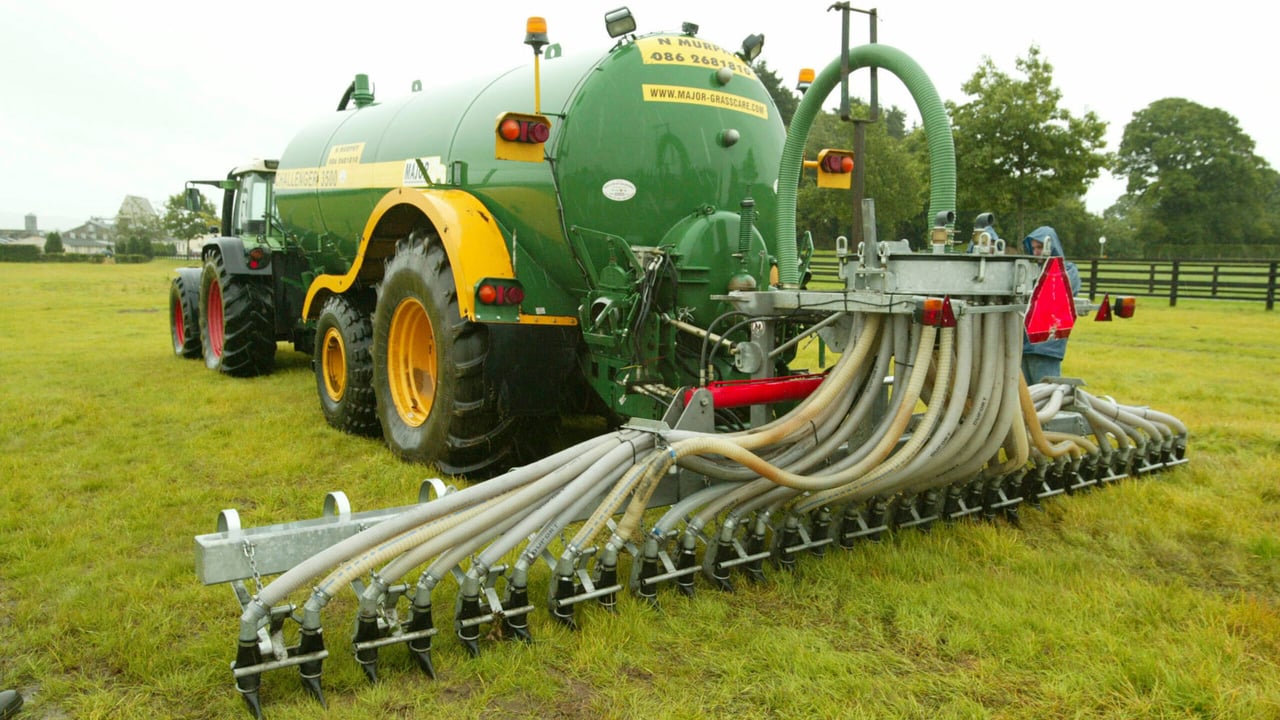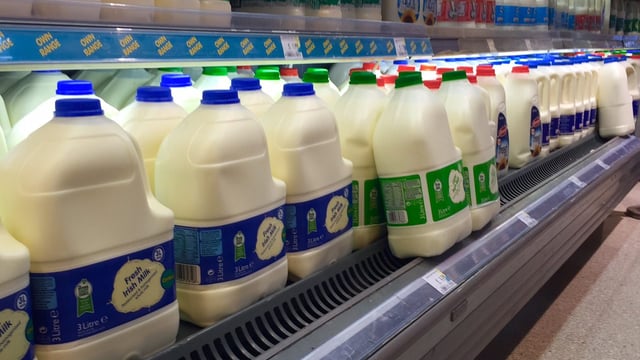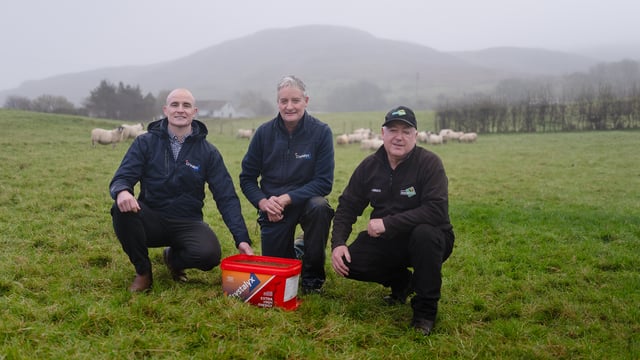GLAS scheme drives huge increase in use of trailing shoe for slurry spreading
The introduction of the GLAS scheme is reportedly behind a huge increase in the use of low emission slurry spreading techniques this spring.
Contractors with the proper equipment are reporting huge interest in low emission slurry spreading due to the fact that for many farmers in GLAS the action is mandatory.
Under GLAS, farmers are paid €1.20/m3 of slurry spread using low emission methods per year.
Teagasc’s Tim Hyde said recently that the switch to low emission slurry spreading is positive from both and environmental and grass utilisation perspective.
“The percentage of slurry spread using low emission methods could go from 2-5% to 8-10% this year,” he said.
The measure is also understood to have been chosen by an increased proportion of farmers in the second tranche of GLAS due to the fact the option could secure farmers acceptance into the scheme.
Ammonia losses
According to Teagasc research, on average, 54% of total ammoniacal nitrogen (TAN) was lost when slurry was applied by splashplate.
Emissions were highest on hot, dry days. Application targeted for cooler periods, particularly during spring, reduced emissions by over 30%. Emissions are also reduced by application in evening.
However, it says the adoption of trailing shoe technology reduced ammonia emissions by an average of 36%.
Value of slurry
Slurry is a valuable source of organic N, P & K and if used wisely can help reduce chemical fertilizer bills on farms.
In springtime, when suitable weather and underfoot conditions allow, aim to maximise the spreading of slurry on the fields that need it most, on a lot of farms, these will be silage fields or fields known to be low in P and K (from soil test results).
The typical value of 1,000 gallons of cattle slurry applied by splash plate in springtime has an available N-P-K content equivalent to a 50kg bag of 6-5-30. The nutrient content of cattle slurry will vary with animal type and diet and especially with slurry dilution with water.





